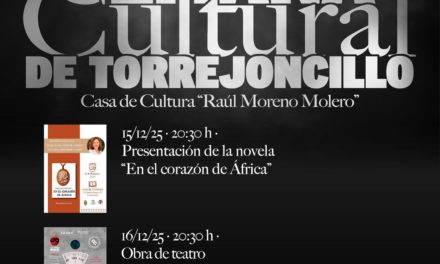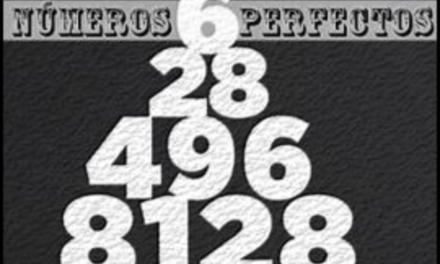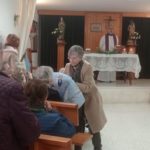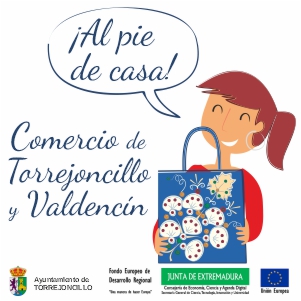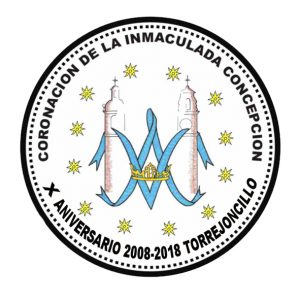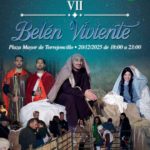
Fascinanting Spain-Torrejoncillo, Cáceres (3rd century B.C.)
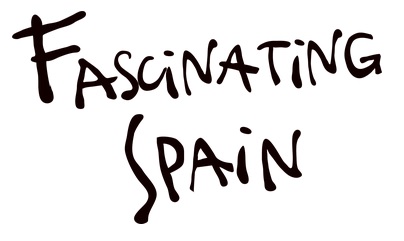
“Fascinanting Spain-Torrejoncillo, Cáceres (3rd century B.C.)»
«Just 13 kilometres from Coria, crossing the river Alagón and also in Cáceres, you will reach Torrejoncillo, another of the oldest towns in Spain. The Celtiberian vestiges allow us to locate its origin in the 3rd century B.C., while remains of d ifferent types testify that there was a Roman settlement. In any case, none of them were of great importance. The Arabs were responsible for giving entity to the village.
ifferent types testify that there was a Roman settlement. In any case, none of them were of great importance. The Arabs were responsible for giving entity to the village.
Around the watchtower that gives its name to the place grew the nucleus around which the current population is structured. It is one of the things to see in Torrejoncillo, next to several temples and crosses. Be that as it may, Christian domination was positive for the place. Until the 19th century its cloth industry flourished. Today it is known for its La Encamisá festival. On the eve of the Immaculate Conception, a banner of the Virgin Mary is carried, protected by horsemen, amidst smoke, bonfires and gun salutes. Its origin is not clear, although some theories point to the local Iberian past or to local feats in the battles of Pavia or Flanders……»
España fascinante-Torrejoncillo, Cáceres (siglo III a.C.)
A tan solo 13 kilómetros de Coria, cruzando el río Alagón y también en Cáceres, llegarás a Torrejoncillo, otro de los pueblos más antiguos de España. Los vestigios celtibéricos permiten situar su origen en el siglo III a.C., mientras que restos de diferente tipología atestiguan que hubo un asentamiento romano. En cualquier caso, ninguno de ellos fue de gran importancia. Los árabes fueron los encargados de darle entidad al pueblo.
En torno a la atalaya que da nombre al lugar creció el núcleo alrededor del cual se estructura la población actual. Es una de las cosas que ver en Torrejoncillo, junto a varios templos y cruces. Sea como fuere, la dominación cristiana fue positiva para el lugar. Hasta el siglo XIX floreció su industria textil. Hoy es conocido por su festival La Encamisá. En vísperas de la Inmaculada Concepción se porta un estandarte de la Virgen María, protegido por jinetes, en medio de humo, hogueras y salvas de armas. Su origen no está claro, aunque algunas teorías apuntan al pasado ibérico local o a hazañas locales en las batallas de Pavía o Flandes.

